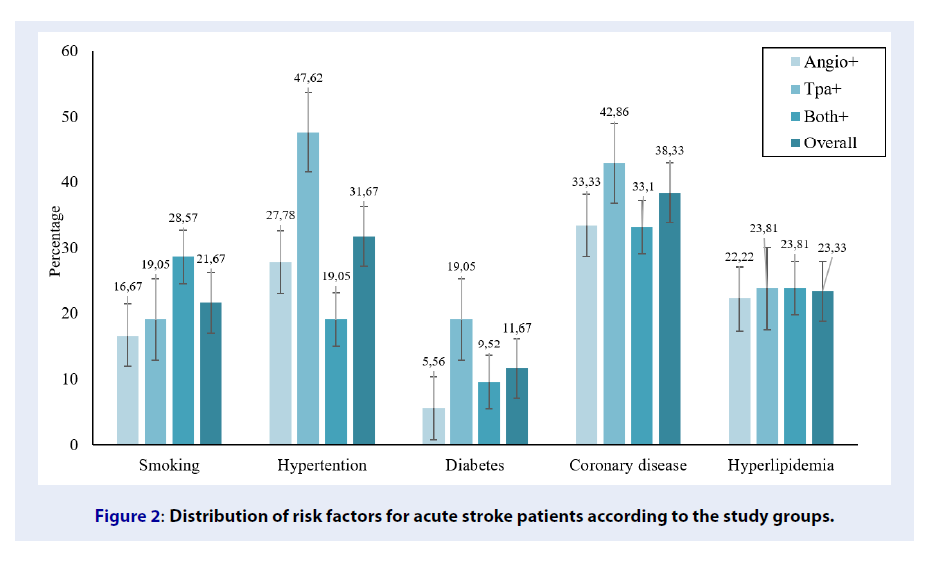The outcomes of mechanical thrombectomy in patients with acute stroke with and without intravenous injection of tissue plasminogen activator
DOI:
https://doi.org/10.15419/bmrat.v9i8.759Keywords:
Acute ischemic stroke, tissue plasminogen activator, NIHSS, mRSAbstract
Background: Stroke is a major health problem and leading cause of mortality worldwide. This study aimed to evaluate the consequences of intravascular interventions in patients with acute ischemic stroke with and without intravenous tissue plasminogen activator (tPA) injection.
Methods: This prospective cohort study was conducted on 120 patients with acute ischemic stroke. Patients were divided into three groups based on the type of disease treatment: angiography, tPA, and combined therapy (angiography + tPA). Patients in the tPA group were treated with a standard dose of intravenous alteplase (0.9 mg/kg). The severity of acute ischemic stroke was calculated on days 0, 14, and 90 after the interventions using the National Institutes of Health Stroke Scale (NIHSS) and Modified Rankin Scale (mRS) questionnaires.
Results: All three groups were homogeneous regarding age, gender, location, job status, education, and body mass index (BMI) distribution. Coronary disease was the most common risk factor for stroke in 38.33% of patients. There was no significant difference in mean NIHSS and mRS scores between the groups on days 0, 14, and 90 after intervention (p > 0.05). Mean NIHSS and mRS scores significantly decreased from the first time point (day 0), 10 days until 90 days after treatment in all three groups (p < 0.001); however, there was no significant difference in treatment effect between the three groups at these time points (p > 0.05).
Conclusion: Treatment with angiography and tPA alone or with combined therapy significantly decreased the severity of acute ischemic stroke. A significant decrease was observed in the mean NIHSS and mRS scores in all therapy groups, indicating that these treatments were effective in mitigating acute ischemic stroke and improving functional independence in these patients. The eligibility criteria by which patients with acute ischemic stroke are selected for each specific therapy are essential to achieving better clinical outcomes.

Published
Issue
Section
License
Copyright The Author(s) 2017. This article is published with open access by BioMedPress. This article is distributed under the terms of the Creative Commons Attribution License (CC-BY 4.0) which permits any use, distribution, and reproduction in any medium, provided the original author(s) and the source are credited.
